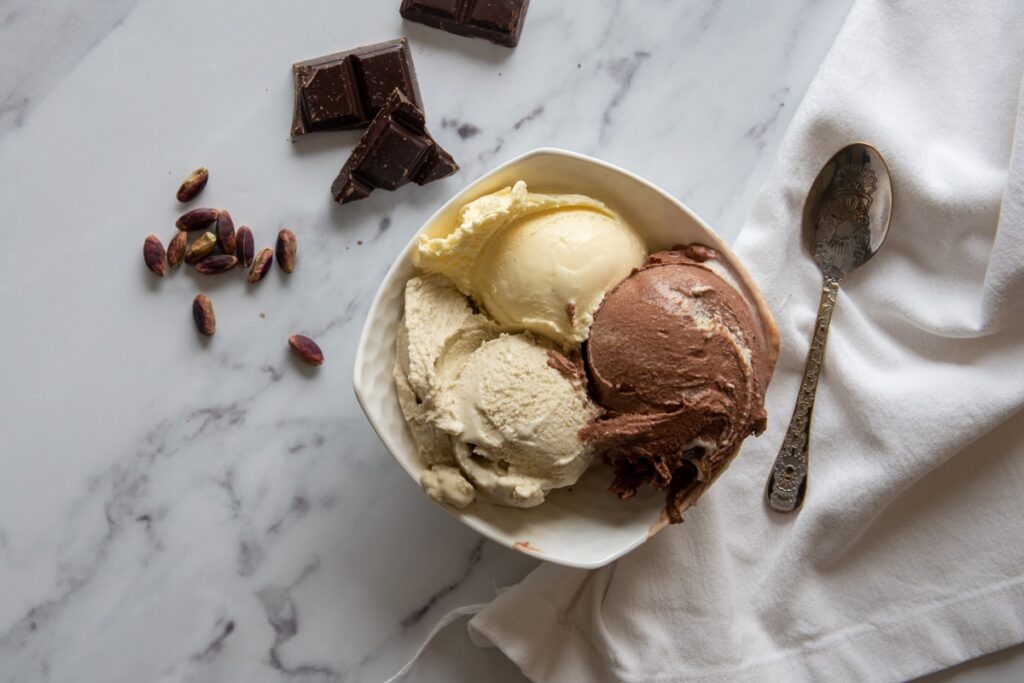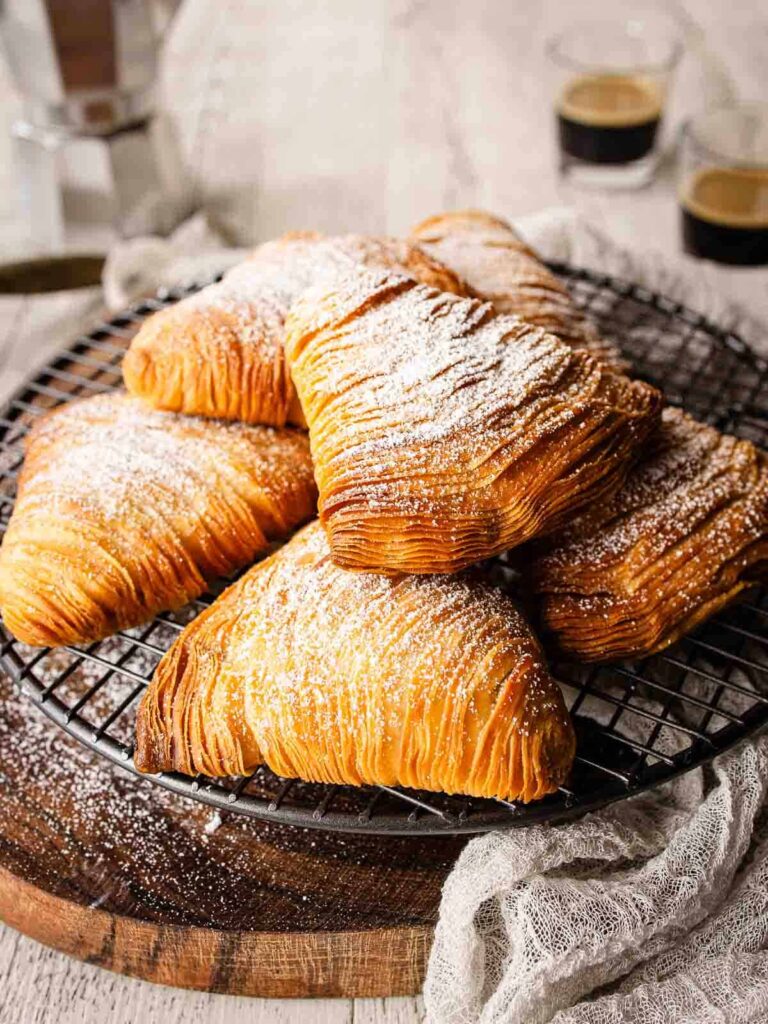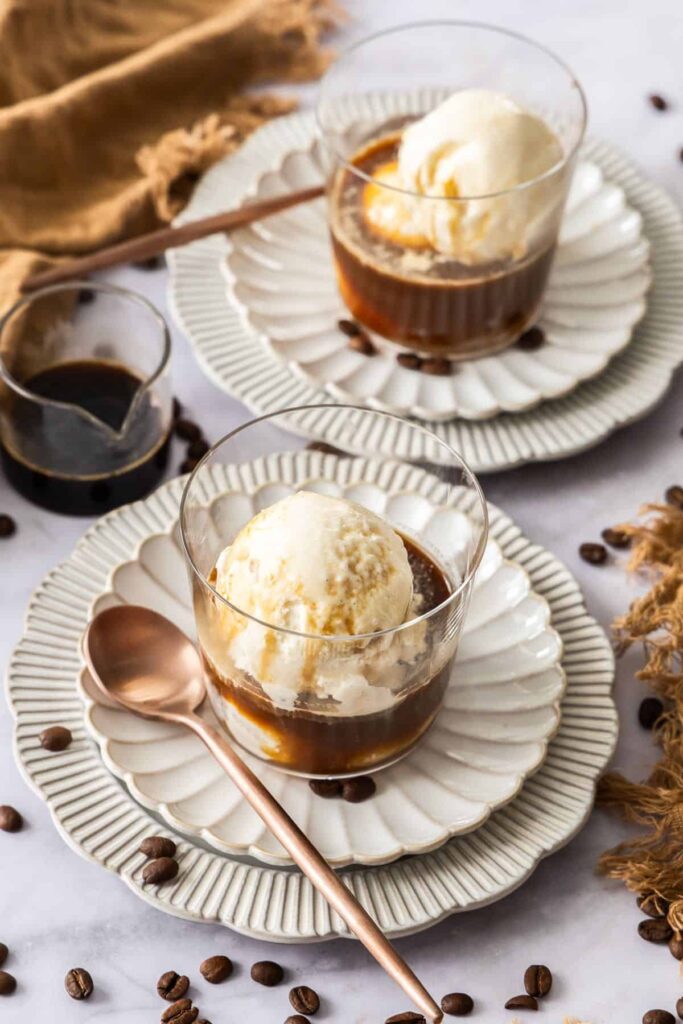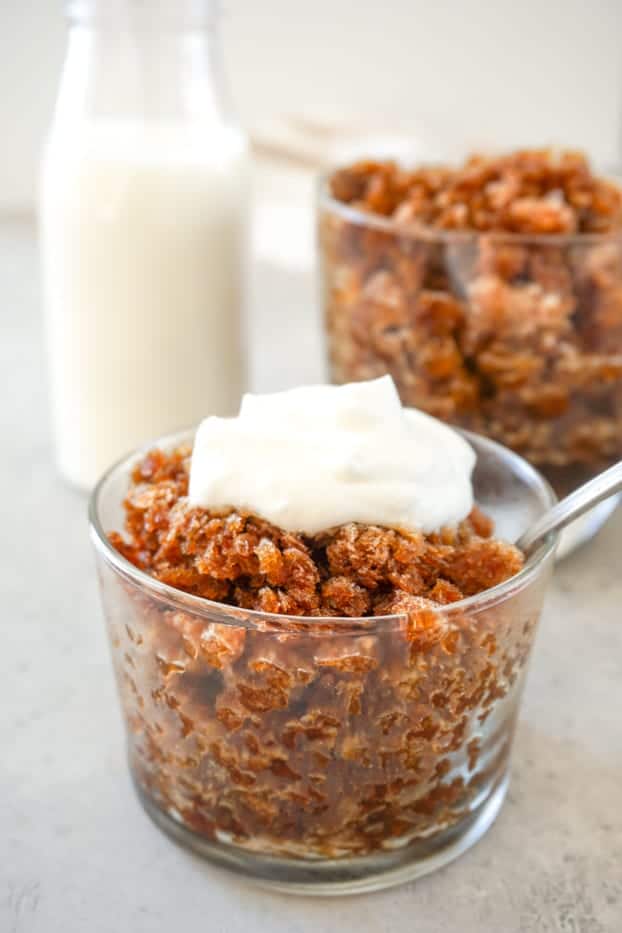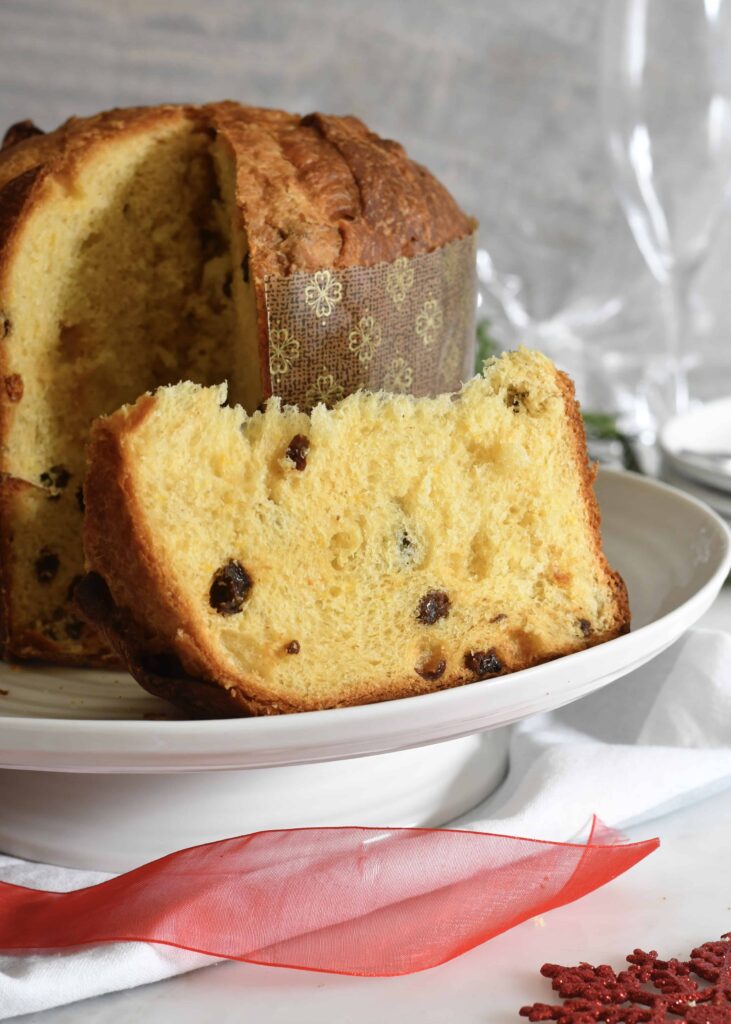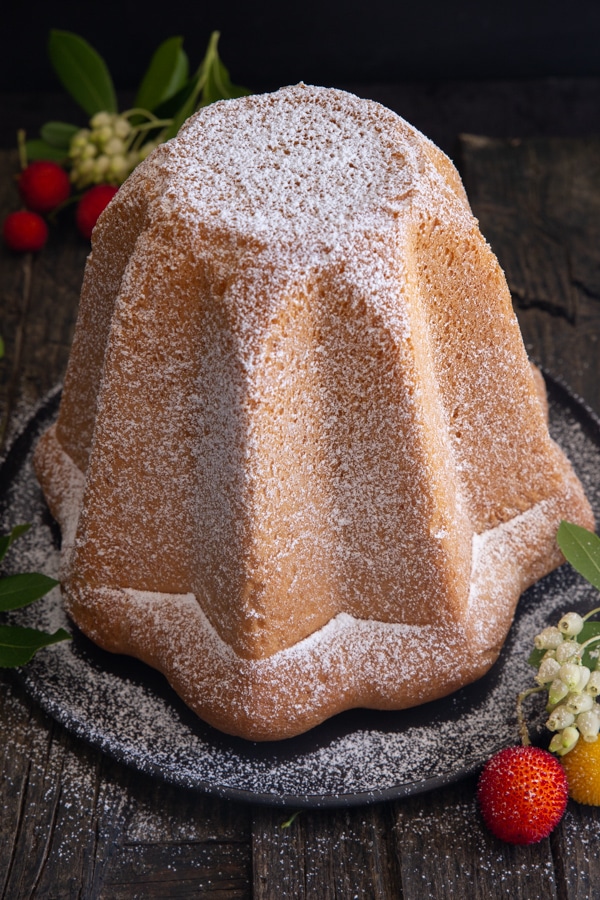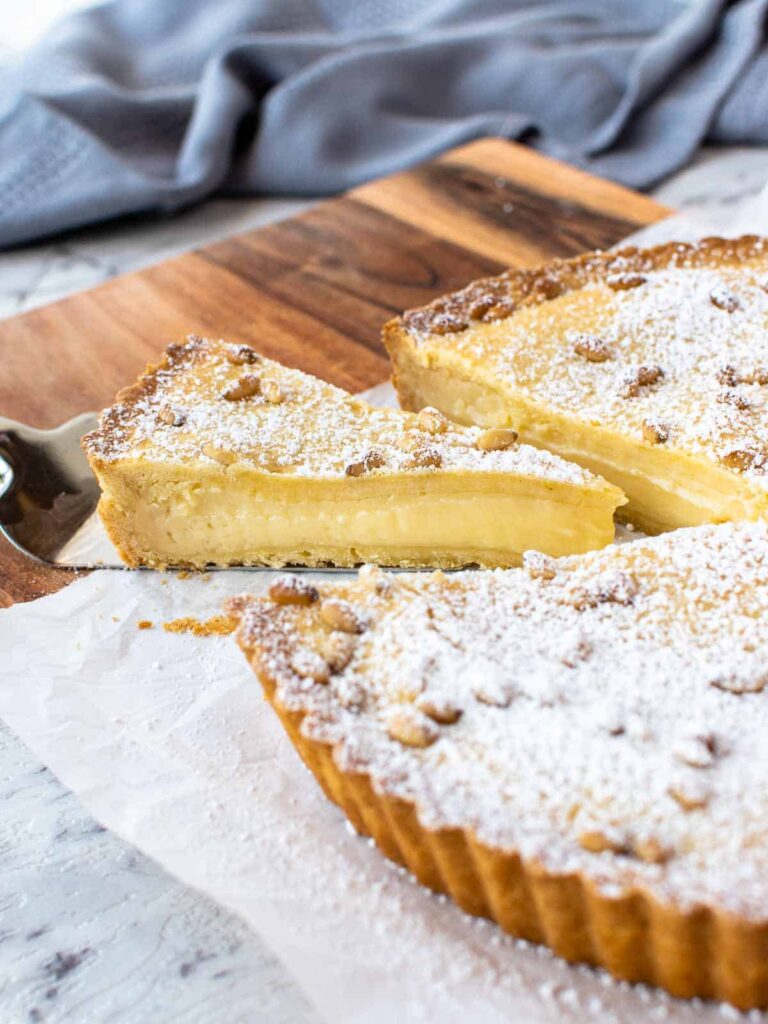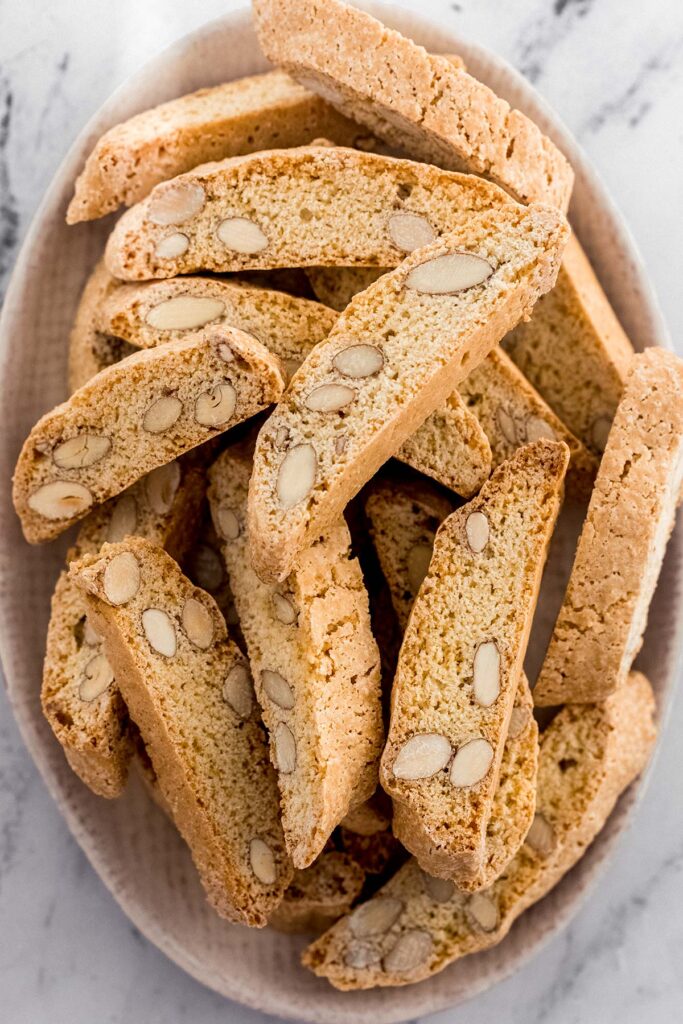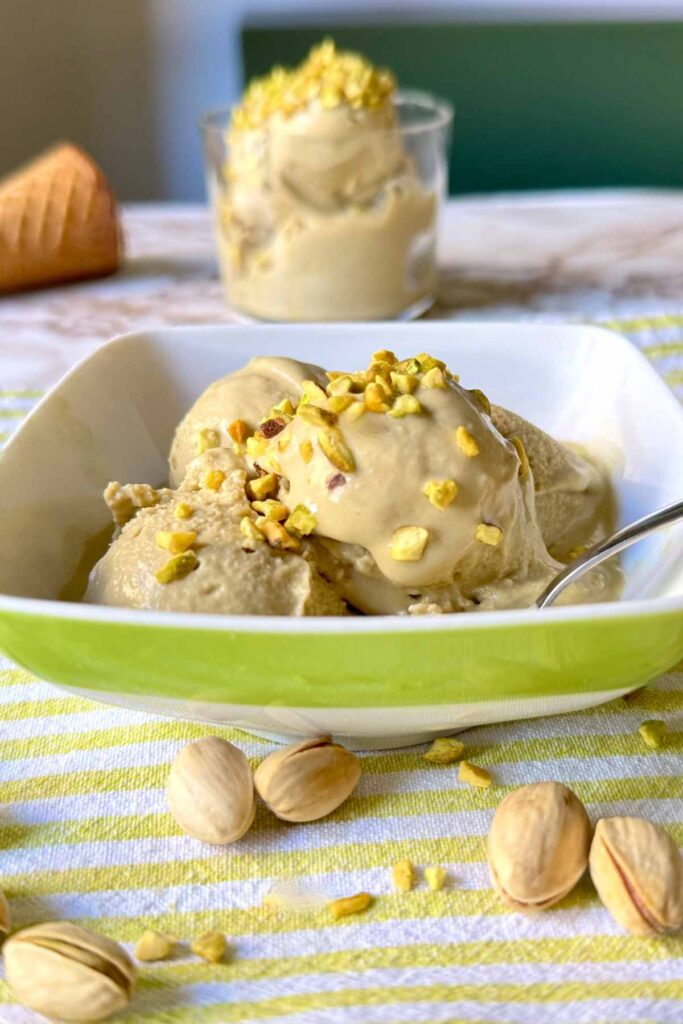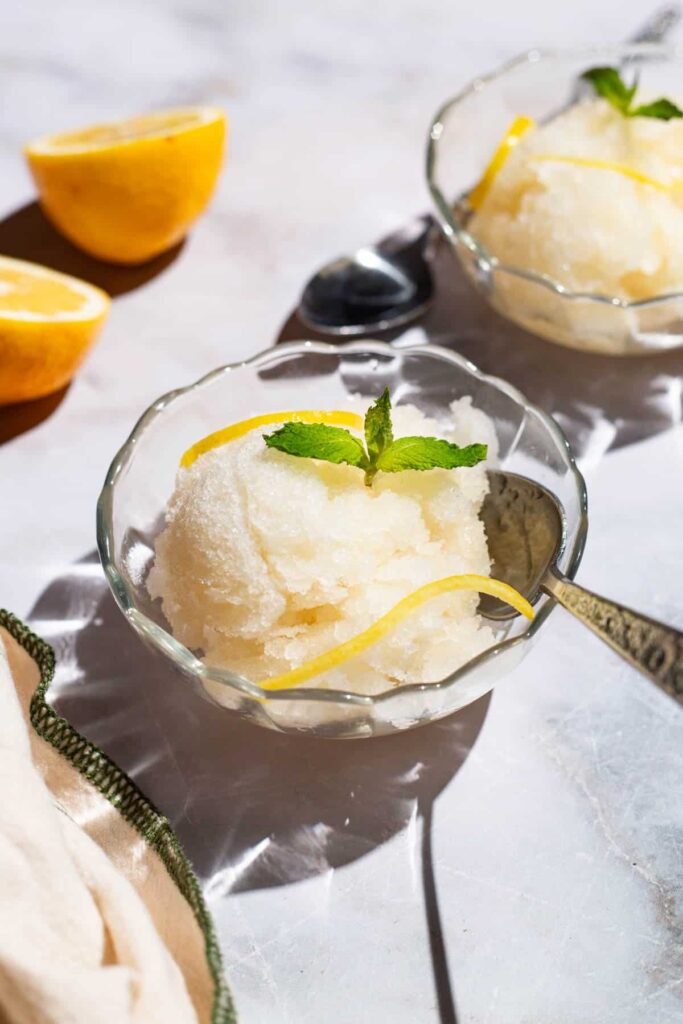21 Italian Desserts That Go Way Beyond Tiramisu
Italian desserts are way more than just tiramisu, though that one’s pretty great too. Italy has amazing regional sweets that most people never try – from crispy Sicilian pastries to creamy northern treats. These 21 desserts show off the incredible variety across different parts of Italy. Some are fancy restaurant-style desserts while others are simple everyday treats that Italian families have been making for generations.
Cannoli Siciliani
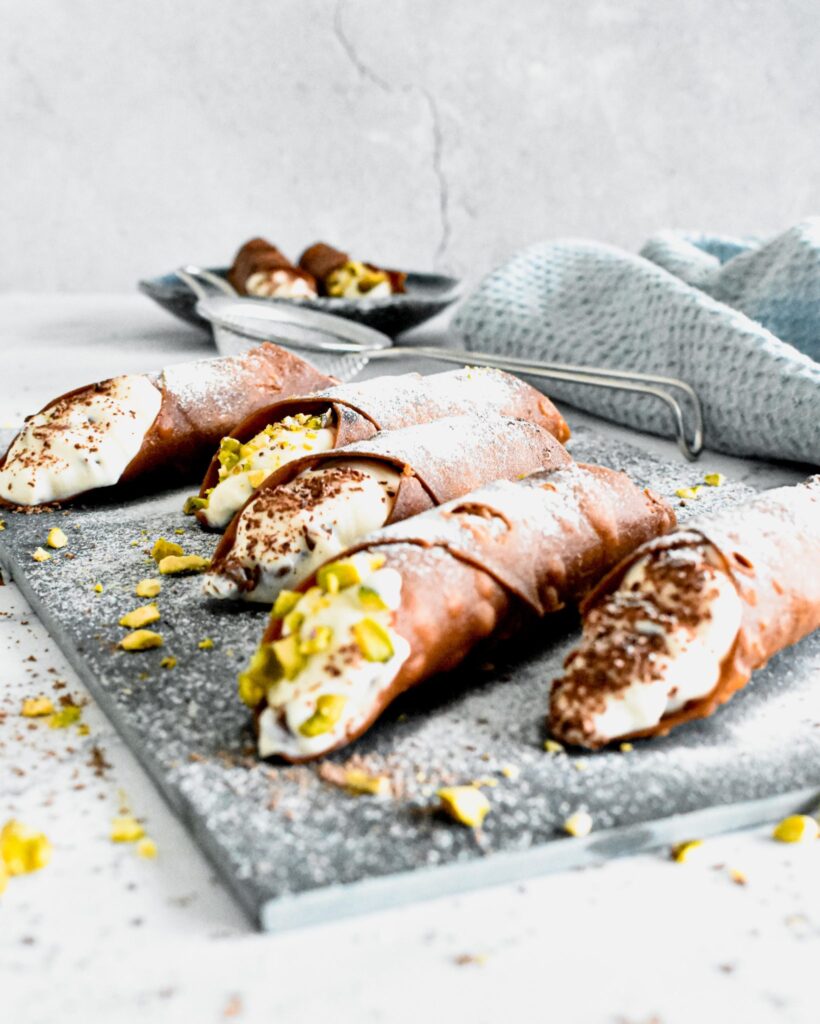
These crispy tubes filled with sweet ricotta are probably Sicily’s most famous dessert. The shells are fried until golden and the filling is usually ricotta mixed with sugar, sometimes chocolate chips or candied fruit. Real cannoli shops fill them fresh so the shells stay crispy – never buy pre-filled ones sitting around! Some places dip the ends in chopped pistachios which is traditional in Sicily. The contrast between the crunchy shell and creamy filling is what makes these so good. Get the recipe here.
Panna Cotta
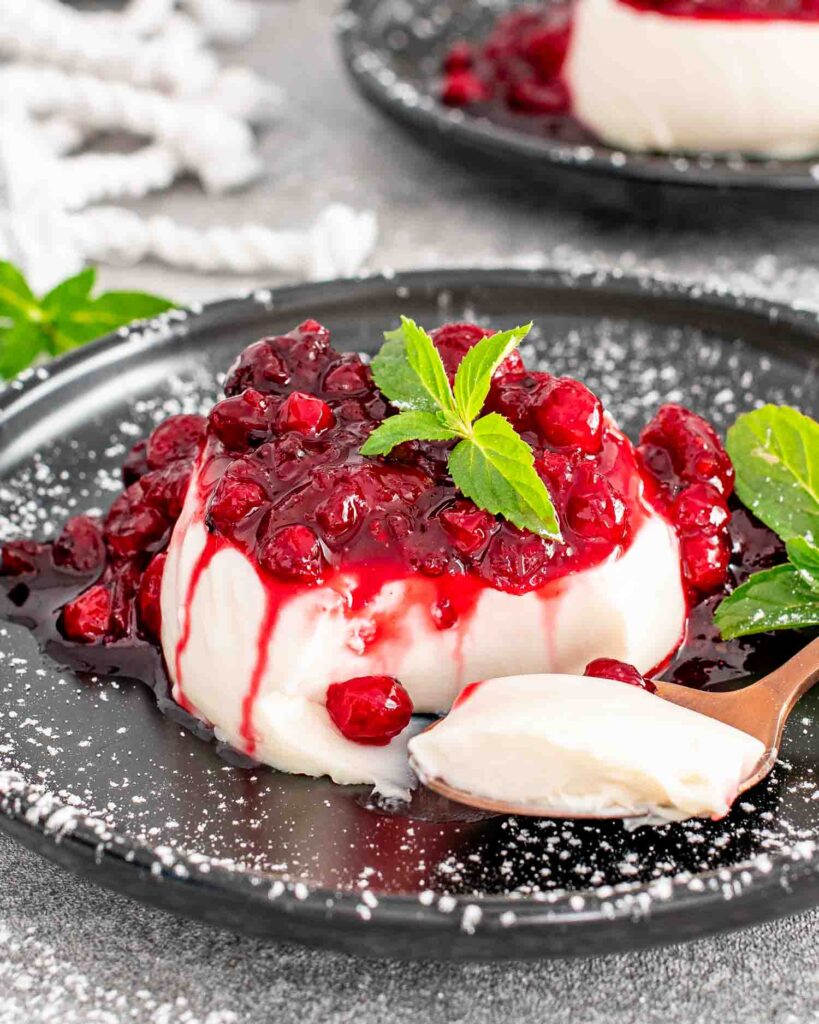
This “cooked cream” dessert is silky smooth and wobbles perfectly when done right. It’s basically cream, sugar, and gelatin cooked together then chilled until set. The vanilla version is classic but you can flavor it with anything – berries, coffee, chocolate. The trick is using just enough gelatin to set it without making it rubbery. Some recipes top it with berry sauce or caramel. It looks fancy but is actually pretty simple to make. Perfect dinner party dessert since you make it ahead. Get the recipe here.
Gelato
Real Italian gelato is denser and more intensely flavored than regular ice cream because it has less air whipped into it. Traditional flavors include pistachio, stracciatella (vanilla with chocolate shavings), and nocciola (hazelnut). Good gelato shops make it fresh daily and serve it at a slightly warmer temperature than ice cream so the flavors come through better. The texture should be smooth and creamy, not icy. Making it at home takes an ice cream maker but store-bought versions are getting better. Get the recipe here.
Sfogliatelle
These shell-shaped pastries from Naples have super flaky layers and a ricotta filling. The dough gets rolled paper-thin and layered with butter, kind of like making croissants but way more complicated. The filling is usually ricotta with semolina, sugar, and citrus zest. They’re supposed to be eaten warm when the layers are at their crispiest. Making these from scratch is seriously hard work – most people buy them from Italian bakeries. The name means “many leaves” which describes all those flaky layers perfectly. Get the recipe here.
Baba au Rhum (Babà)
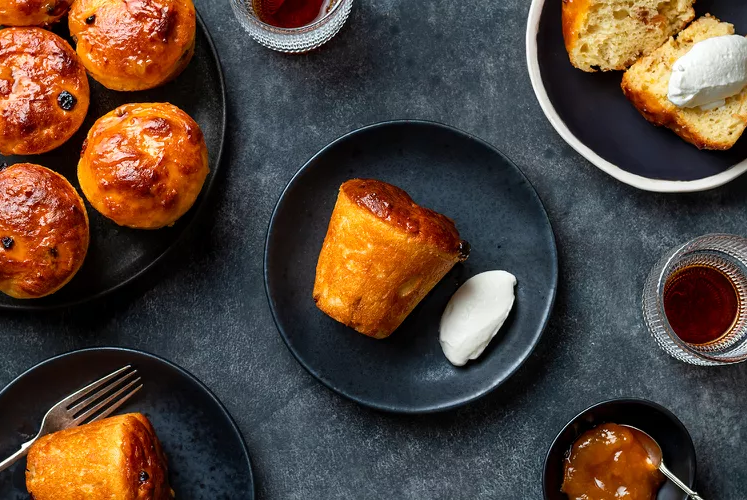
This spongy cake from Naples gets soaked in rum syrup until it’s completely saturated. The cake itself is made with yeast so it’s more like sweet bread than regular cake. After baking, you poke holes all over and pour the boozy syrup until it can’t absorb any more. Some versions get filled with pastry cream too. These are definitely an adults-only dessert because of all the rum! They’re traditional for special occasions and holidays in southern Italy. Get the recipe here.
Cassata Siciliana
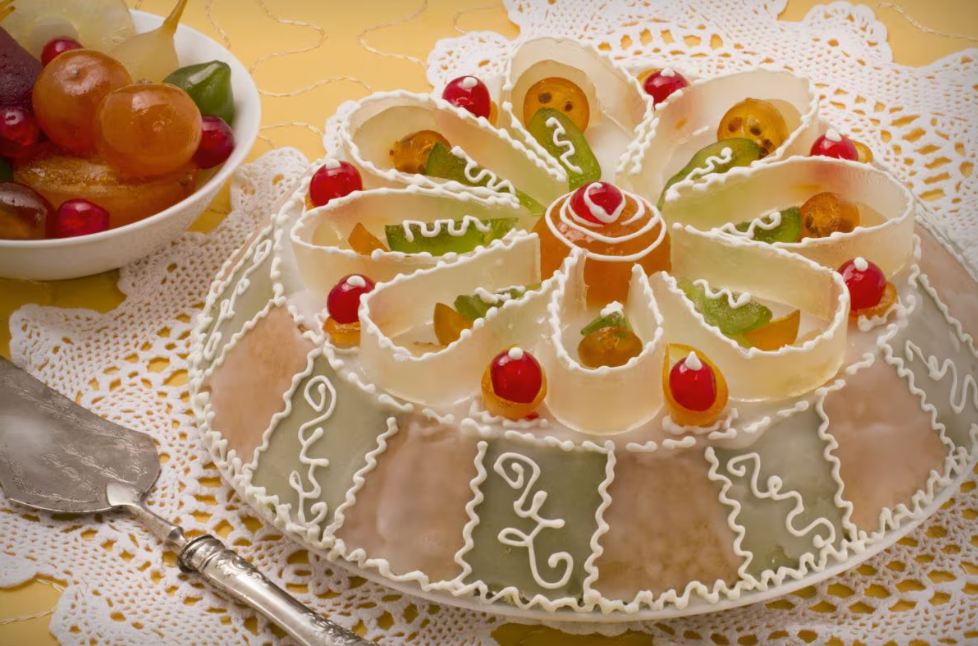
This elaborate Sicilian cake has layers of sponge cake, ricotta filling, marzipan, and green icing. The ricotta filling usually has candied fruit, chocolate chips, and sometimes liqueur. It’s wrapped in green marzipan and covered with royal icing that’s traditionally bright green. Making a proper cassata takes forever and lots of steps. Most people buy them from Sicilian bakeries for special occasions. The combination of textures and flavors is amazing but it’s definitely not an everyday dessert. Get the recipe here.
Zuppa Inglese
Despite the name meaning “English soup,” this is actually an Italian trifle-like dessert with layers of sponge cake, pastry cream, and chocolate. The cake gets soaked with liqueur (usually Alchermes which turns it bright red) and layered with vanilla and chocolate creams. It’s called “English” because it was inspired by English trifle but the Italian version is way more elaborate. Each region has slight variations but they’re all rich and boozy. Perfect for feeding a crowd since you make it in a big dish. Get the recipe here.
Affogato
This is the simplest but most perfect dessert – a scoop of vanilla gelato “drowned” in hot espresso. The contrast between hot and cold, bitter and sweet is amazing. Some places add a shot of liqueur like amaretto or frangelico. The key is using really good vanilla gelato and properly extracted espresso. It’s more of a coffee drink than a dessert really, and Italians often have it after dinner instead of regular coffee. You can make it at home if you have an espresso machine. Get the recipe here.
Granita
This Sicilian shaved ice dessert is somewhere between a slush and sorbet. Traditional flavors include lemon, coffee, almond, and mulberry. The texture should be grainy (hence the name) not smooth like sorbet. In Sicily they eat it for breakfast with brioche bread which sounds weird but actually works great. The coffee version is especially popular in the morning. Making it at home means scraping it with a fork every 30 minutes while it freezes to get the right texture. Super refreshing in hot weather. Get the recipe here.
Bomboloni
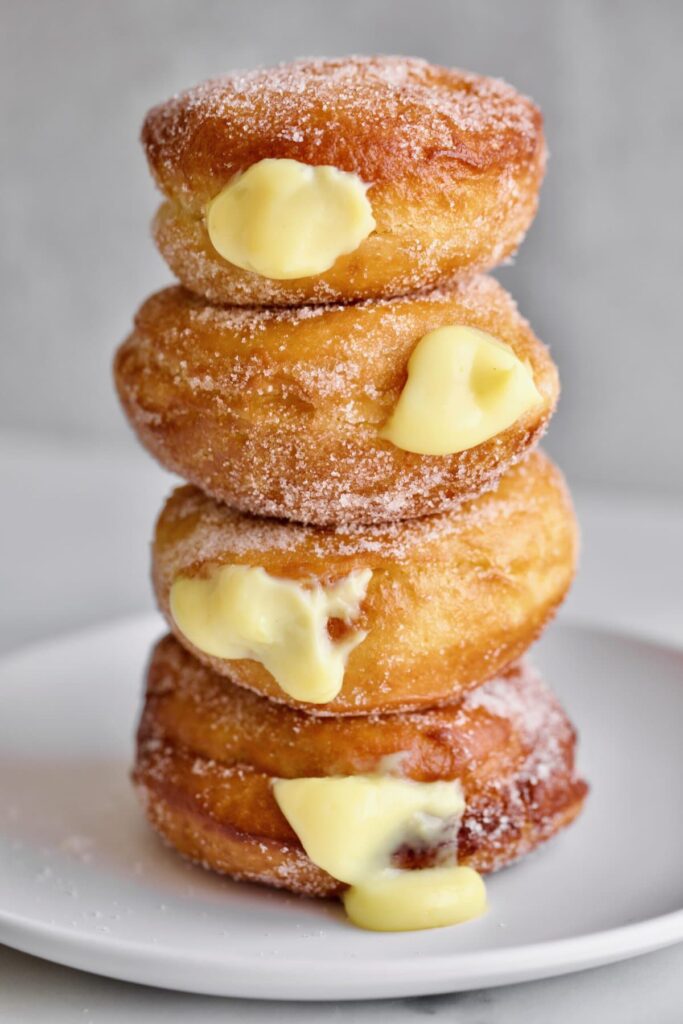
These are Italian donuts filled with pastry cream, jam, or Nutella. The dough is yeasted and fried until golden, then filled with a pastry bag while still warm. Some versions get rolled in sugar while others have a glaze on top. The classic filling is crema pasticcera (vanilla pastry cream) but chocolate and jam are popular too. They’re best eaten fresh and warm when the dough is still soft. Similar to German Berliners or jelly donuts but with Italian flair. Get the recipe here.
Struffoli

These tiny fried dough balls from Naples get covered in honey and piled into a wreath shape for Christmas. The dough is simple – just flour, eggs, and a little sugar – but rolling it into hundreds of tiny balls takes forever. After frying, they get tossed in warm honey until completely coated. Some recipes add colored sprinkles or candied fruit for decoration. They’re traditionally made for Christmas and other celebrations. The honey makes them stick together into one big sweet mass that you break off pieces to eat. Get the recipe here.
Panettone
This tall, dome-shaped sweet bread from Milan is loaded with candied fruit and raisins. The dough takes days to make properly because it uses a natural starter and multiple rises. Good panettone should be light and airy inside with a golden crust. Italians eat it for breakfast during the Christmas season, often with coffee or sweet wine. Store-bought versions range from terrible to pretty good but homemade is incredibly difficult. Some people hate the candied fruit but that’s traditional – chocolate chip versions are more modern. Get the recipe here.
Pandoro
This is panettone’s cousin from Verona – a star-shaped sweet bread without any fruit. The dough is rich with butter and eggs which gives it a golden color (pandoro means “golden bread”). It gets dusted with powdered sugar before serving which looks like snow. Some people serve it with mascarpone cream or gelato. Like panettone, it’s a Christmas tradition but easier to like since there’s no candied fruit. The texture is more like brioche than regular bread. Also very hard to make from scratch. Get the recipe here.
Semifreddo
This “half-cold” dessert is like mousse that’s been frozen but stays creamy instead of hard like ice cream. It usually has a base of eggs, sugar, and cream with flavorings like chocolate, coffee, or fruit folded in. The texture is smooth and light, somewhere between ice cream and mousse. You can make it in a loaf pan and slice it or in individual molds. It doesn’t need an ice cream maker which makes it easier than gelato. Perfect make-ahead dessert for dinner parties since it keeps well in the freezer. Get the recipe here.
Zabaglione (Sabayon)

This warm custard is made by whisking egg yolks, sugar, and sweet wine (usually Marsala) over heat until thick and foamy. It takes constant whisking for about 10 minutes to get the right texture without scrambling the eggs. Traditionally served warm in glasses with cookies for dipping, but some versions get chilled or used as a sauce over fruit. The French version (sabayon) is similar but uses different wine. This is old-school Italian dessert that requires some technique but tastes amazing when done right. Get the recipe here.
Crostata di Frutta
This is basically Italian fruit tart with a buttery pastry crust filled with pastry cream and topped with fresh fruit. The crust is made with pasta frolla (Italian shortbread dough) that’s rich with butter and eggs. Common fruit toppings include strawberries, kiwi, peaches, or mixed berries arranged in pretty patterns. Some versions have a thin layer of apricot glaze brushed over the fruit to make it shiny. These look impressive but aren’t too hard to make if you can do basic pastry. Perfect for spring and summer when fruit is at its best. Get the recipe here.
Torta della Nonna
This “grandmother’s cake” has a shortbread crust filled with lemon pastry cream and topped with pine nuts and powdered sugar. The filling is like thick lemon curd but made with pastry cream instead. The pine nuts on top get toasted during baking and add a nice crunch. Despite the name, it’s not that old – it was invented in the 1960s but became so popular it feels traditional. Some versions add a top crust with pine nuts baked into it. It’s less sweet than American desserts which makes it good with espresso. Get the recipe here.
Biscotti di Prato (Cantucci)
These twice-baked almond cookies from Tuscany are super hard and meant for dunking in coffee or sweet wine. The dough gets shaped into logs, baked, sliced, then baked again until crispy. Traditional ones have whole almonds but some versions use other nuts. The double baking removes all moisture so they keep for months in an airtight container. In Italy they’re always served with Vin Santo (sweet wine) for dipping. Making them isn’t hard but the twice-baking process takes time. Way better than the grocery store versions that are often stale. Get the recipe here.
Gelato al Pistacchio
Pistachio gelato is way more popular in Italy than vanilla. The best versions use Sicilian pistachios which have an intense flavor and beautiful green color. Real pistachio gelato should taste strongly of nuts, not like artificial almond flavoring. Some places add food coloring to make it brighter green but traditional versions rely on the natural color of the nuts. It’s expensive because good pistachios cost a lot but worth it for the flavor. This is my absolute favorite gelato flavor when done right – rich and nutty and not too sweet. Get the recipe here.
Sorbetto al Limone
Italian lemon sorbet is intensely lemony and super refreshing. The best versions use fresh lemon juice, zest, and simple syrup with maybe a tiny bit of alcohol to keep it from freezing too hard. Some recipes include egg whites for smoother texture but purists skip them. In Italy it’s often served between courses to cleanse the palate, especially during heavy meals. The key is balancing the tartness with enough sugar without making it too sweet. Perfect summer dessert when you want something light and clean-tasting. Get the recipe here.
Torrone
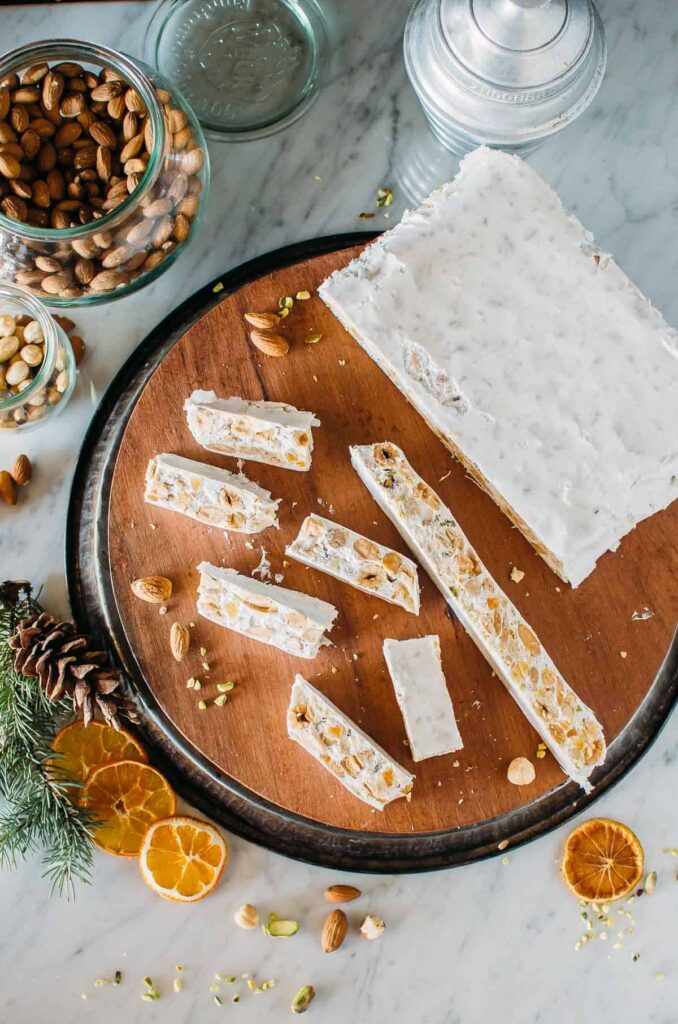
This nougat candy from northern Italy is made with honey, egg whites, and toasted nuts – usually almonds or hazelnuts. The mixture gets cooked until thick then poured between sheets of edible paper (usually rice paper). Traditional versions are quite hard while some newer styles are softer and chewier. Different regions have their own styles – some add chocolate or candied fruit. It’s especially popular around Christmas when it’s sold in beautiful boxes. Making it at home is tricky because you need a candy thermometer and good timing. Way better than most commercial nougat. Get the recipe here.
